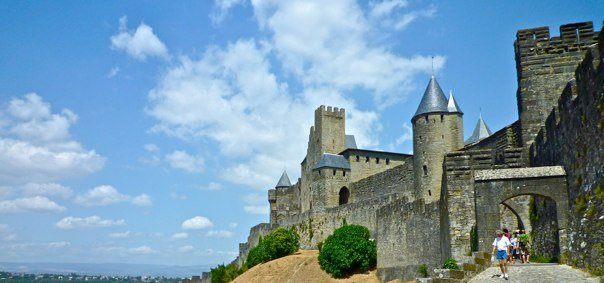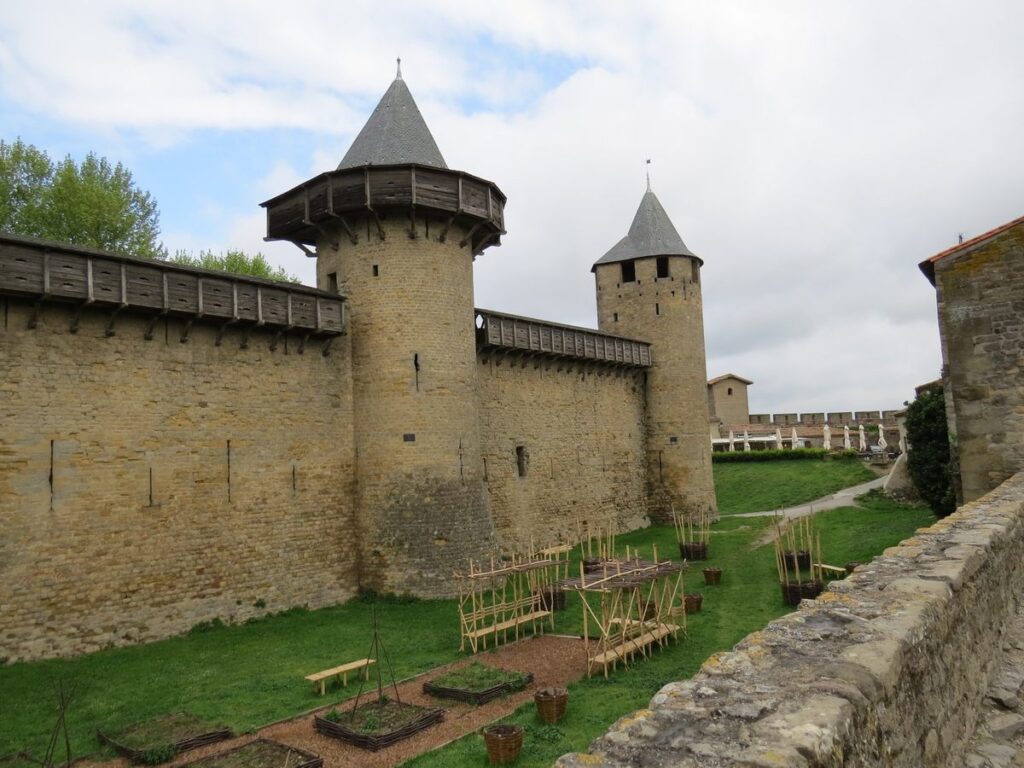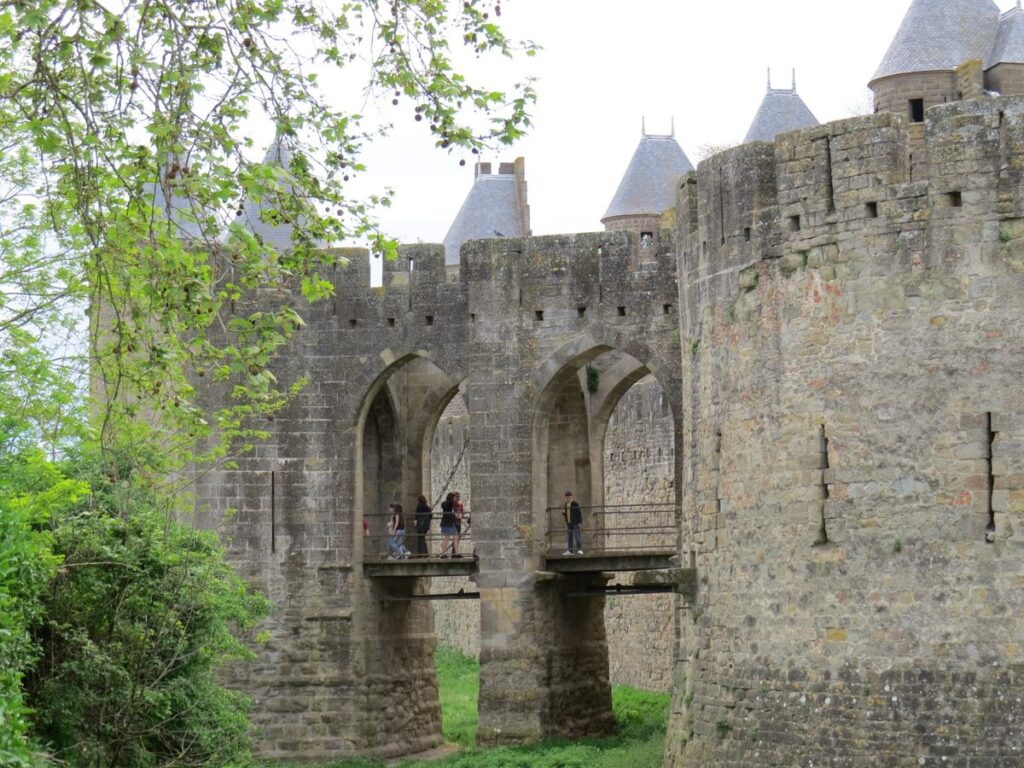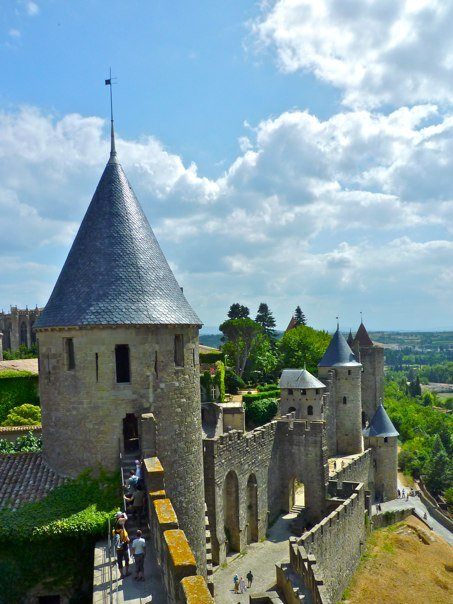La Cite Medievale de Carcassonne, a historic medieval fortified city in southwest France. It boasts a history that spans over 2,000 years. Recognized as a UNESCO World Heritage Site in 1997, it is the largest former fortress in Europe. It has also been a key player in the history of the Languedoc region. Originally an Iron Age oppidum, it was transformed into a Roman town in the 1st century BCE. Over time, the city-state came under the rule of the powerful Viscount Trencavel. He governed over Bas-Languedoc during the medieval period.

La Cite Medievale de Carcassonne, the fortified city, takes its name from the legendary Dame Carcas, a Moorish queen who defended the town from Charlemagne’s siege in the 8th century. According to legend, she rang the town’s bells to signal her victory (“Carcas a sonné les cloches”).
In the 13th century, Carcassonne was captured by Simon de Montfort during the Crusade against the Albigenses. To solidify its strategic importance, an outer wall and inner rampart were built, transforming the city into one of the most formidable symbols of royal power in France due to its key geographical position.


Carcassonne underwent significant renovation and restoration in the 19th century, led by renowned architects Eugène Viollet-le-Duc and Paul Boeswillwald. Their work revived much of the town’s medieval grandeur, restoring it as a symbol of historical importance. Today, Carcassonne, beautifully illuminated at night, remains an awe-inspiring sight despite its popularity among tourists.
Within its walls, notable attractions include the Château Comtal, transformed into a citadel around 1226; the Cour du Midi, remnants of a Gallo-Roman villa; and the eerie torture chamber on display at the Exposition.












